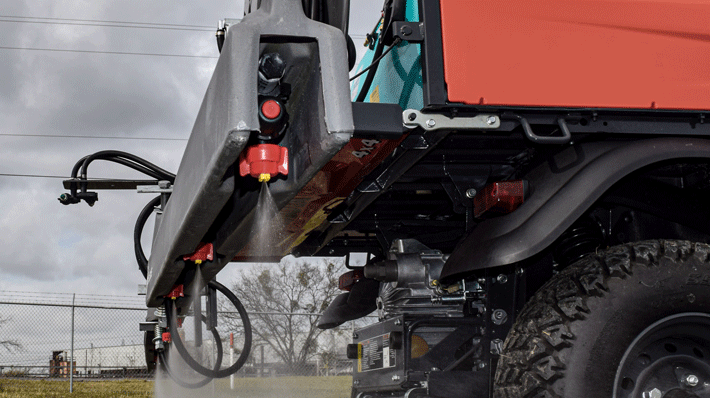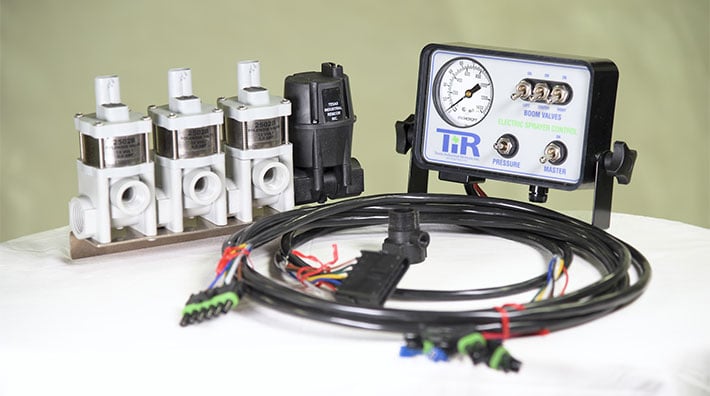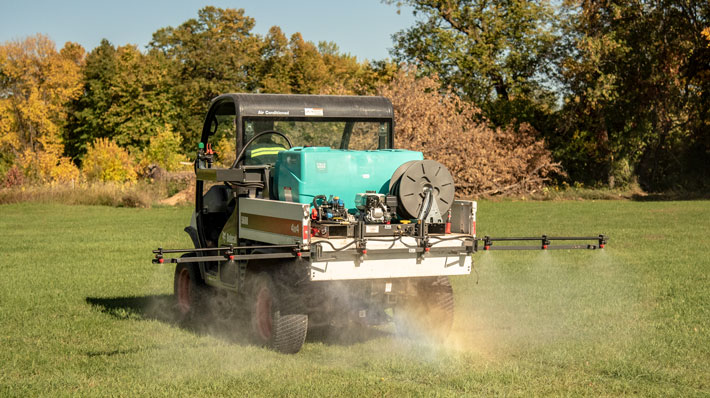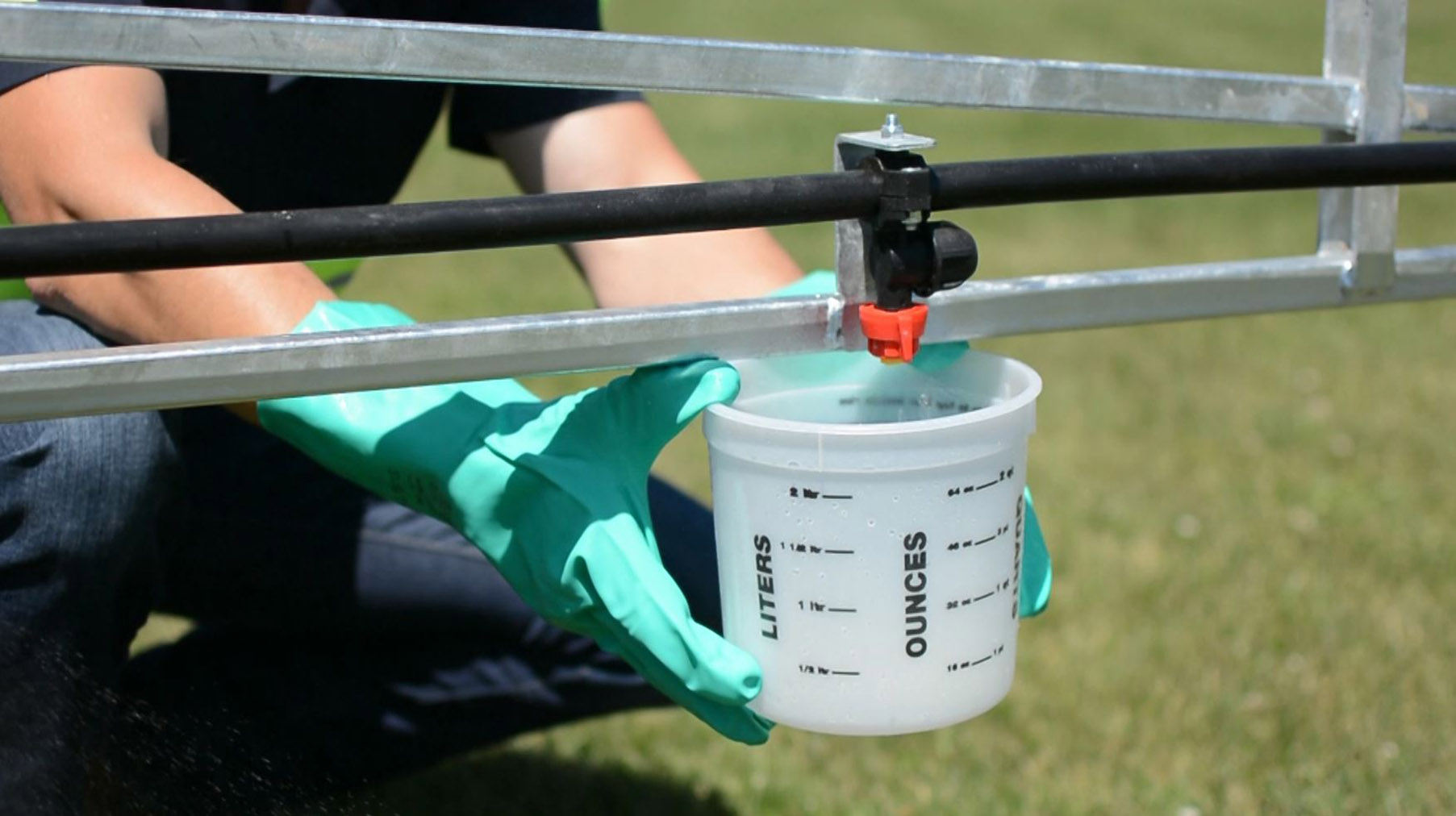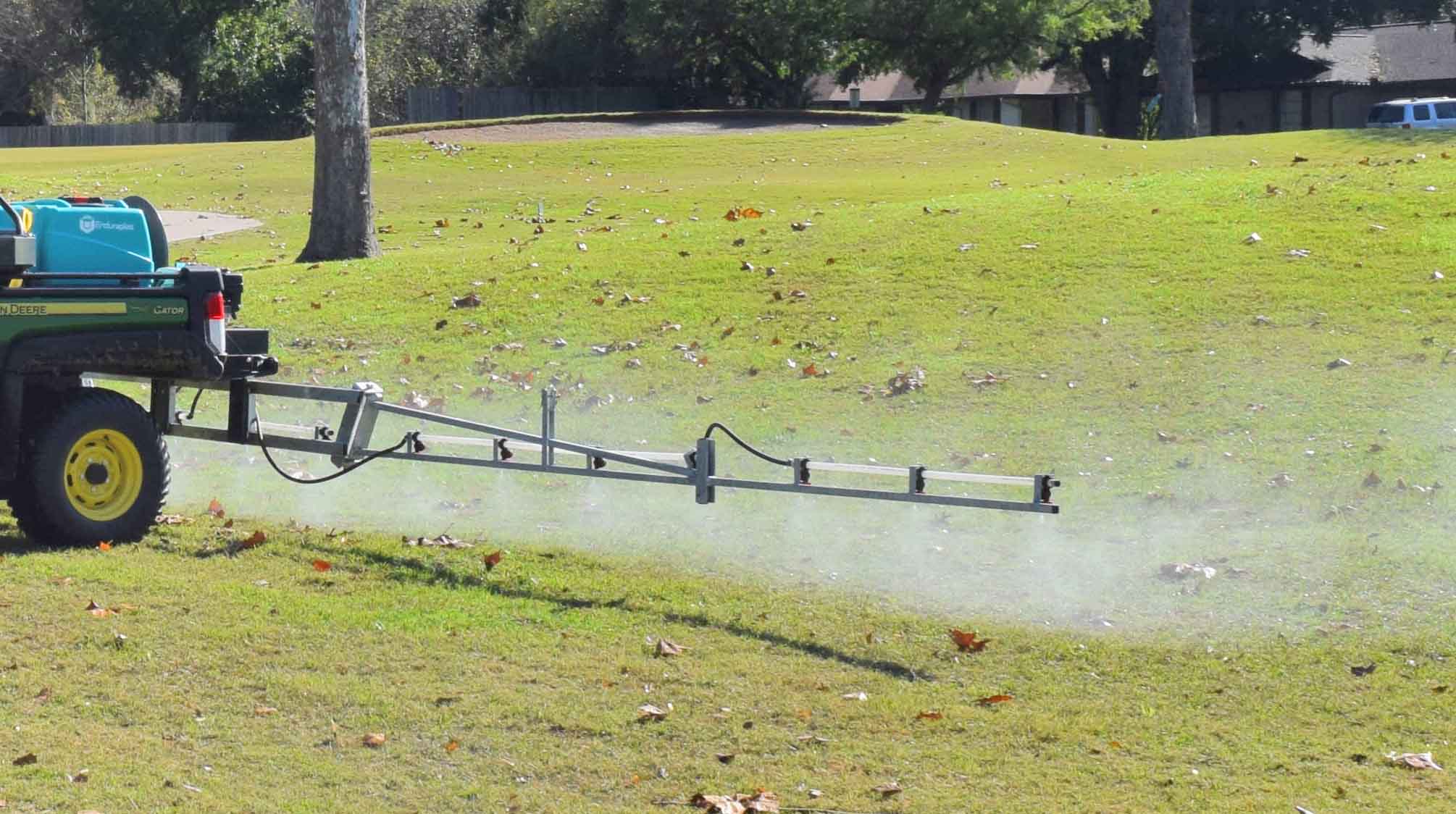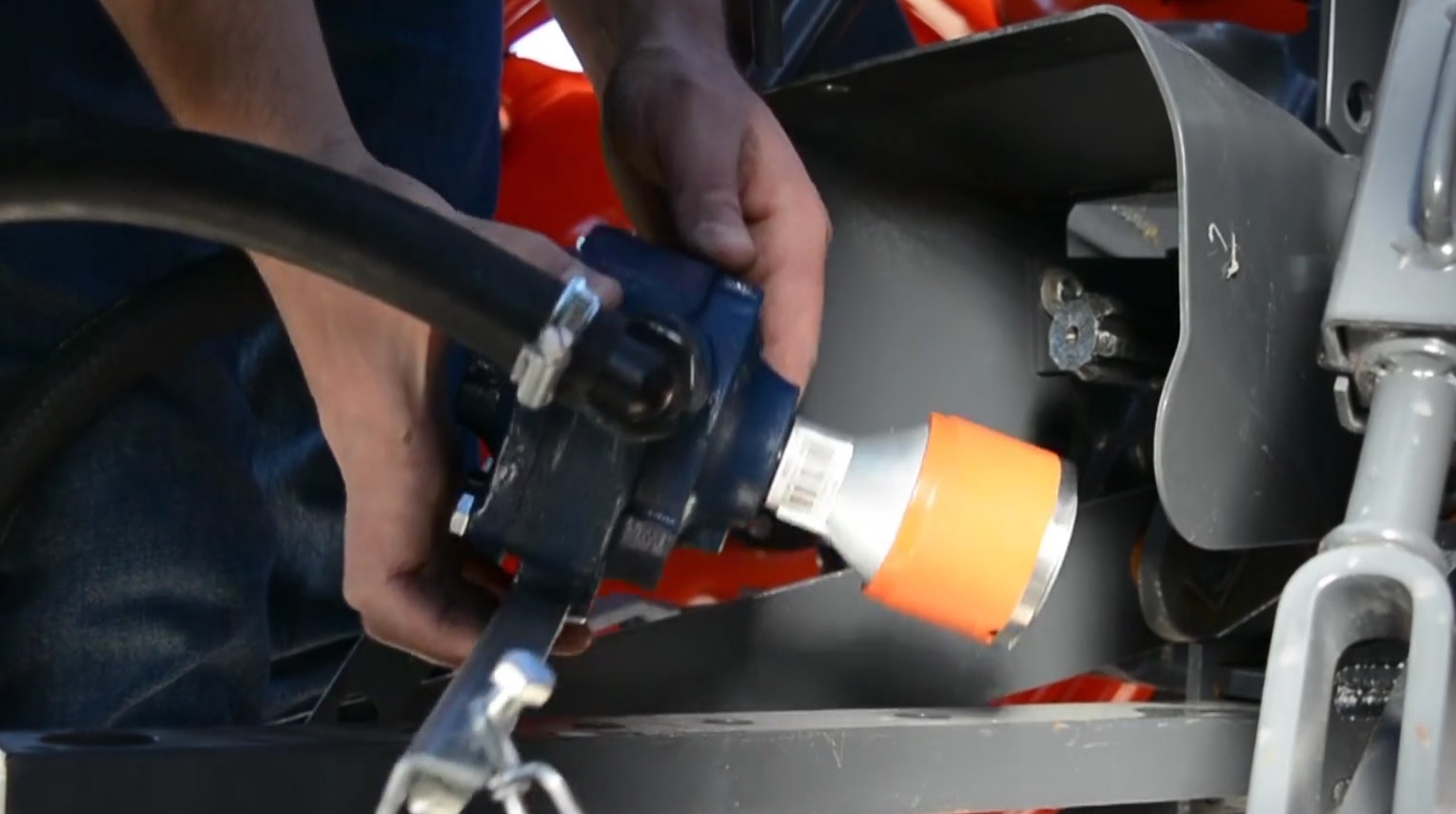Which nozzles you use on your sprayer is one of the most important factors you need to consider before taking your sprayer to the field. The last thing you want to do is to use the wrong nozzle for the job, and have to go back and spray the field a second time. In this blog, I'll take you through the ins and outs of spray nozzles so you will always know which nozzle is right for the job. There are a lot of different brands out there, but for this blog I will be focusing on TeeJet nozzles.
How to Select the Right Nozzles for Your Chemical Sprayer
[fa icon="book"] 6 Minute Read
[fa icon="calendar'] Jul 29, 2021 12:00:00 AM / by
Michelle McCaskey
posted in
Using a Sprayer
How to Set up Electric Solenoid Controls on Your Chemical Sprayer
[fa icon="book"] 4 Minute Read
[fa icon="calendar'] May 17, 2021 11:18:31 AM / by
Team Enduraplas
posted in
Using a Sprayer
In this post, I will walk you through the steps of setting up your in-cab solenoid controls. With the help of this video, you will be out in the field spraying in no time! For the purposes of this video, we will be using an Enduraplas Field Boss® 365 sprayer. If you are not using a Field Boss® sprayer, steps 3-5 may be irrelevant.
39 Spraying Terms You Must Know
[fa icon="book"] 6 Minute Read
[fa icon="calendar'] May 31, 2019 9:42:22 AM / by
Jim Arnot
posted in
Using a Sprayer
Spraying chemical can be a tricky game. There are so many different variables, that it can be hard to get it right. In this article we'll go over spraying terms that you must know to be on top of your spraying game.
What Does 'Calibrating a Sprayer' Actually Mean?
[fa icon="book"] 2 Minute Read
[fa icon="calendar'] Jan 10, 2018 10:05:50 AM / by
Matthew Firth
posted in
Using a Sprayer
There are several definitions and interpretations of what 'calibrating a sprayer' really means. After researching this topic (extensively), I have concluded with a simple definition that will help you quickly understand everything you need to know. In this article, you will also learn about 3 calibration measurements that you must understand before calibrating your boom sprayer. Make note of the 'pro tips' given that I learnt from professionals that perform this task every season.
8-Step Guide: How to Quickly Calibrate Your Sprayer
[fa icon="book"] 4 Minute Read
[fa icon="calendar'] Jan 9, 2018 9:01:59 AM / by
Matthew Firth
posted in
Using a Sprayer
If you have the right calculations and tools, calibrating your sprayer will take about 30 minutes. This is an easy process if you follow this step by step explanation. When I wanted to learn how to calibrate a sprayer, I decided to do some research to discover the process. I found it extremely difficult to find a basic explanation all on one page. For those of you in that situation, here is the best explained procedure to follow.
8 Effective Ways to Reduce Spray Drift While Boom Spraying
[fa icon="book"] 3 Minute Read
[fa icon="calendar'] Apr 27, 2017 7:41:37 AM / by
Jim Arnot
posted in
Using a Sprayer
Probably one of the most frustrating things while boom spraying is your chemical drifting. Stopping the spray drift in windy conditions is often easier said than done. However, there are things you can do that reduce the drift on those windy days you are trying to finish a field, before it rains. Although there are times when it is too windy, in this article you will find 8 effective ways to reduce the spray drift as much as possible.
Quick Guide: How to Hitch a 3 Point PTO Sprayer to a Tractor
[fa icon="book"] 2 Minute Read
[fa icon="calendar'] Mar 15, 2017 2:38:49 PM / by
Jim Arnot
posted in
Using a Sprayer
Hitching your 3 Point PTO sprayer to your tractor is simple when you follow the right process. This guide will show you how to quickly and safely complete this task without wasting time. Although the hitch or lift arms differ slightly with different brands of tractors, you will be able to follow this method. When connecting anything to a PTO shaft, it is important you take safety measures to eliminate any injuries.

